Getting around in Taiwan is easy and convenient due to the country’s well-developed, modern and clean public transportation systems.
All population centers of Taiwan are serviced by the Taiwanese Rail “TRA” which consists of one main line that circles the island. Furthermore, the urban centers of the west coast are all linked via an ultra-high speed High Speed Rail “HSR” system that traverses the island in less than 2 hours.
When it comes to traveling around urban areas, taxis (or Uber), bus, mass rapid transit “MRT”, and the national bicycle sharing system “YouBike” will be your best options.
If you want to travel into rural areas, between cities, or explore the mountains, a variety of public and private transport options are available. Read on to learn about the best and most efficient ways to travel around Taiwan.
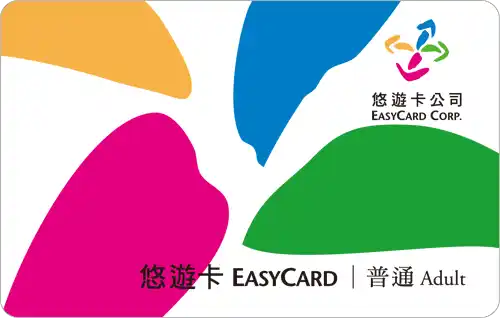
Prepaid SIM cards can be purchased at the airport from a number of telecom providers. Taiwan’s two most popular mobile companies are Chunghwa Telecom and Taiwan Mobile, with Chunghwa Telecom generally offering the best mobile connection around the island and especially when in remote areas. While the price of unlimited data is generally around 30 USD for 30 days of service, airport kiosks might offer special promotions or alternative packages. It is always possible to get a prepaid sim card at a retail location of a telecom company or a cell phone store in town if needed.
4G Pocket Wifi devices with unlimited data can be rented at the airport for around 3 USD / day. However, per most of the device specifications that we can see, their battery doesn’t last nearly half as long as a cell phone. Therefore, if there are no other considerations, we recommend sticking with Prepaid SIMs and using your phone’s hotspot for your other devices.


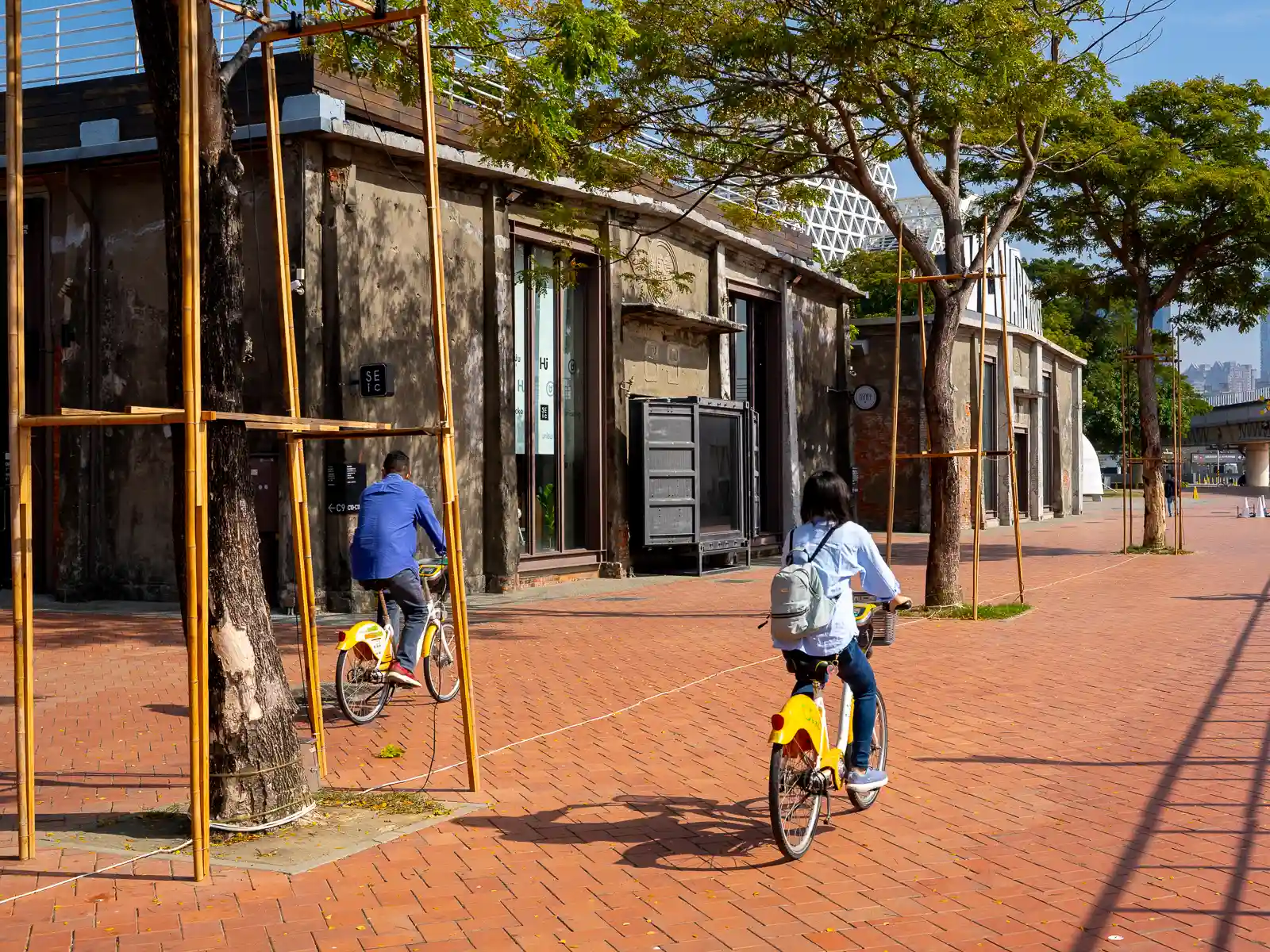
YouBike is a public bicycle sharing service that leverages the strength of Taiwan’s bike industry (global pioneers such as Giant and Merida are both Taiwanese brands, and many other renowned companies, including Fuji, Cannondale, and Specialized, manufacture their bikes in Taiwan). As of February 2023, there are more than 6,700 YouBike rental stations across Taiwan’s urban west coast. Bicycles can be rented with Taiwan’s multi-use EasyCard or with a cell phone and begin at 5 NTD (0.15 USD) / hour. There’s also a cell-phone APP which displays the current bike stock at every location so you can conveniently choose where to rent and where to return.
YouBike is perhaps one of the world’s most advanced, convenient and comfortable shared bike systems, and we can’t recommend it enough when exploring urban areas.
24-hour YouBike self-service rental is available in New Taipei, Taipei, Taoyuan, Hsinchu, Miaoli, Taichung, Chiayi, Tainan, Kaohsiung and Pingtung.
For more information, visit YouBike Taiwan’s official website.




With 6 lines and 131 stations, the system links transportation hubs like Taoyuan Airport and Taipei Main Station, provides easy access to important landmarks like Taipei 101 and Chiang Kai Shek Memorial Hall, and delivers passengers as far as Maokong Gondola in the east,, Xindian in the south, and Danshui in the north. Train intervals can be as brief as 90 seconds or as sparse as 15 minutes, depending on the time of day.
For more information, visit Taipei Metro’s official website.
While Taichung’s subway system, the “Taichung MRT” or TMRT, is still in its early stages of construction, one line is already in operation. The TMRT Green Line links Taichung’s High Speed Rail Station with the northwest neighborhoods of the city as well as Beitun Main Station.
Taichung also offers a city bus system, although there is no easily accessible map readily available for foreigners. The city does have 2 special Tourist Bus Routes which conveniently service popular attractions.
The Taichung Midtown Bus Loop links the National Taiwan Museum of Fine Arts, Shen Ji New Village Cultural and Creative Area, the National Museum of Natural Science Museum of Art and other attractions in downtown Taichung with Taichung Main Station.
The Fengyuan-Houli Route travels to Fengyuan northeast of Taichung and passes by Chung-she Flower Garden.
For more information on these bus routes, visit the Taichung City Government Tourism and Travel Bureau official website.
Kaohsiung’s subway and light rail system is closer to Taipei in terms of its development. Two subway lines, the Red Line and the Orange Line form a cross shape, and link downtown Kaohsiung with the High Speed Rail Station in Zuoying, the Kaohsiung International Airport, and the beaches and cultural districts of Sihziwan and Cijin and notable attractions like Weiwuying and Forumosa Boulevard. The Circular Light Rail Line provides additional stops and services neighborhoods and points of interest in Eastern Kaohsiung including the Pier 2 Art Center and the Kaohsiung Dream Mall.
For more information, visit the Kaohsiung Metro official website.


The Uber app works very well here as long as service is available: currently in Taipei, New Taipei, Taoyuan, Hsinchu, Taichung, Changhua and Kaohsiung. In most cases, the cost of an Uber will be comparable with that of a Taxi.



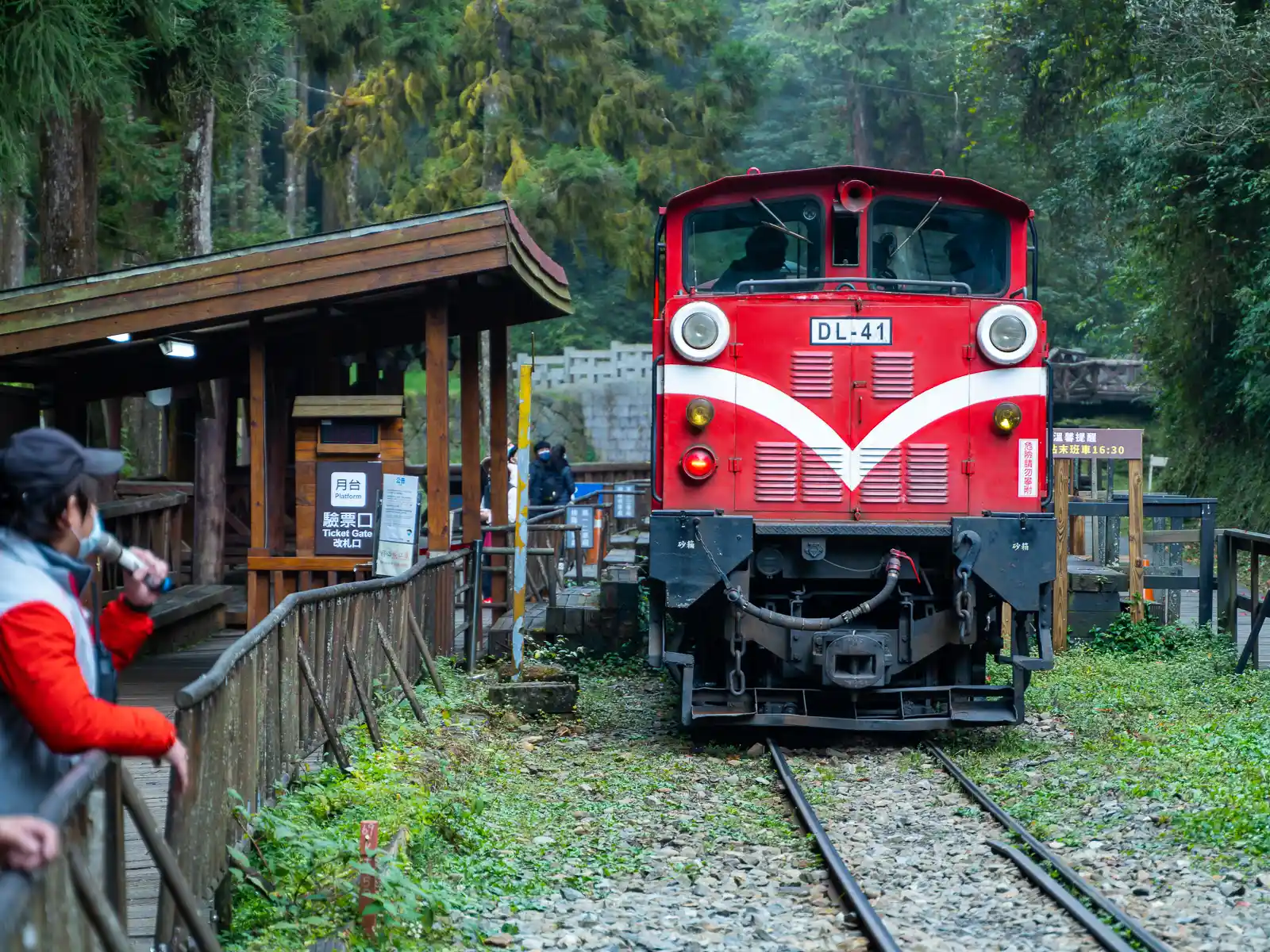
The Taiwan Rail Association, also known as the “TRA”, connects nearly all major cities and urban areas around the island, and has auxiliary lines that service popular areas such as Pingxi, Neiwan and Alishan. The only major town without a train station is Puli, due to its location in Taiwan’s Central Mountain Range.
Tourism-oriented lines include the Pingxi Rail Line which runs local service to touristy towns in the Pingxi Valley, and the Alishan Forest Railway, which connects Chiayi City with Alishan National Forest Recreation Area.
Train ticket prices are relatively inexpensive (between 1-40 USD depending on distance traveled) but more popular routes (e.g. Taipei to Hualien) might sell out on weekends.
It is possible to reserve TRA tickets online or by using the one-stop kiosks at any of the following convenience stores: 7-Eleven, FamilyMart, OK Mart or Hi-Life, using your passport number. Reserved tickets can be picked up at any TRA ticket counter or any of the above-mentioned convenience store counters.
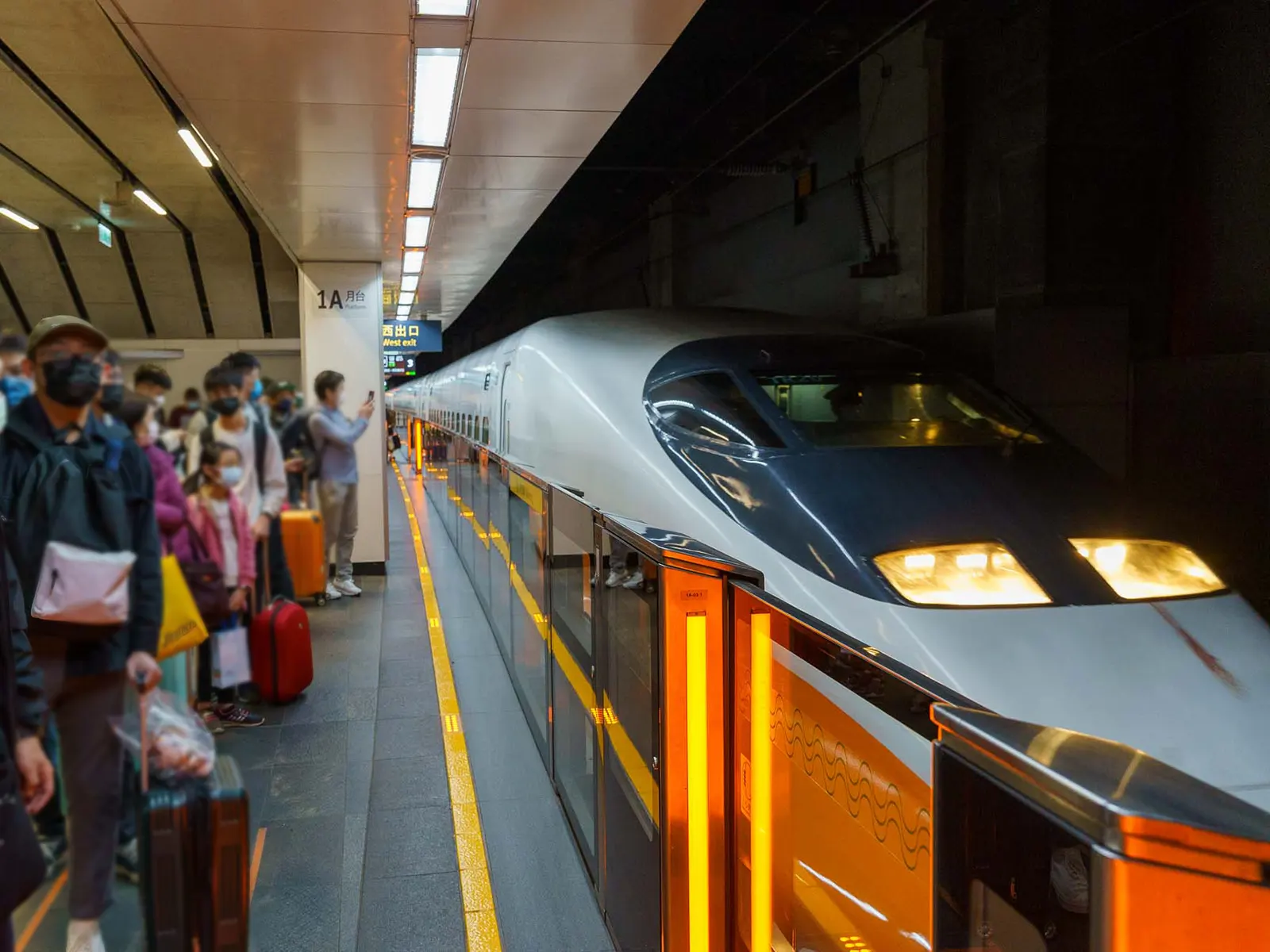
The Taiwan High-Speed Rail, also known as the “HSR”, is perfect for enabling day trips or overnight trips to Taiwan’s west coast cities from Taipei, and vice versa.
The HSR offers high speed service between city centers for a price more or less to twice that of regular TRA trains. Considering the time saved: 1 hour and 34 minutes for the fastest HSR train from Taipei to Kaohsiung compared to more than three hours for a TRA train, we recommend utilizing the HSR whenever it is practical. As an added bonus, the HSR travels along an elevated path, offering superior views of the countryside (sunset viewing is usually spectacular).
It is possible to reserve HSR tickets online or by using the one-stop kiosks at any of the following convenience stores: 7-Eleven, FamilyMart, OK Mart or Hi-Life, using your passport number. Reserved tickets can be picked up at any HSR ticket counter or any of the above-mentioned convenience store counters.


A multitude of private bus companies service a network of routes that connect towns and villages outside of city centers, as well as tourist attractions in more remote mountain areas not serviced by other public transportation. The number of companies and bus routes in Taiwan is a bit too overwhelming to get into in detail, but be aware that most popular destinations will always have bus service as an option. A perfect example of this would be the popular mountain town of Jiufen, which is located in the mountains of New Taipei City around 45 minutes from Taipei and not serviced by any direct trains. One of the easiest and most convenient ways to get to Jiufen is to take the 1062 bus directly from Zhongxiao Fuxing MRT Station in Central Taipei to the entrance of Jiufen Old Street.
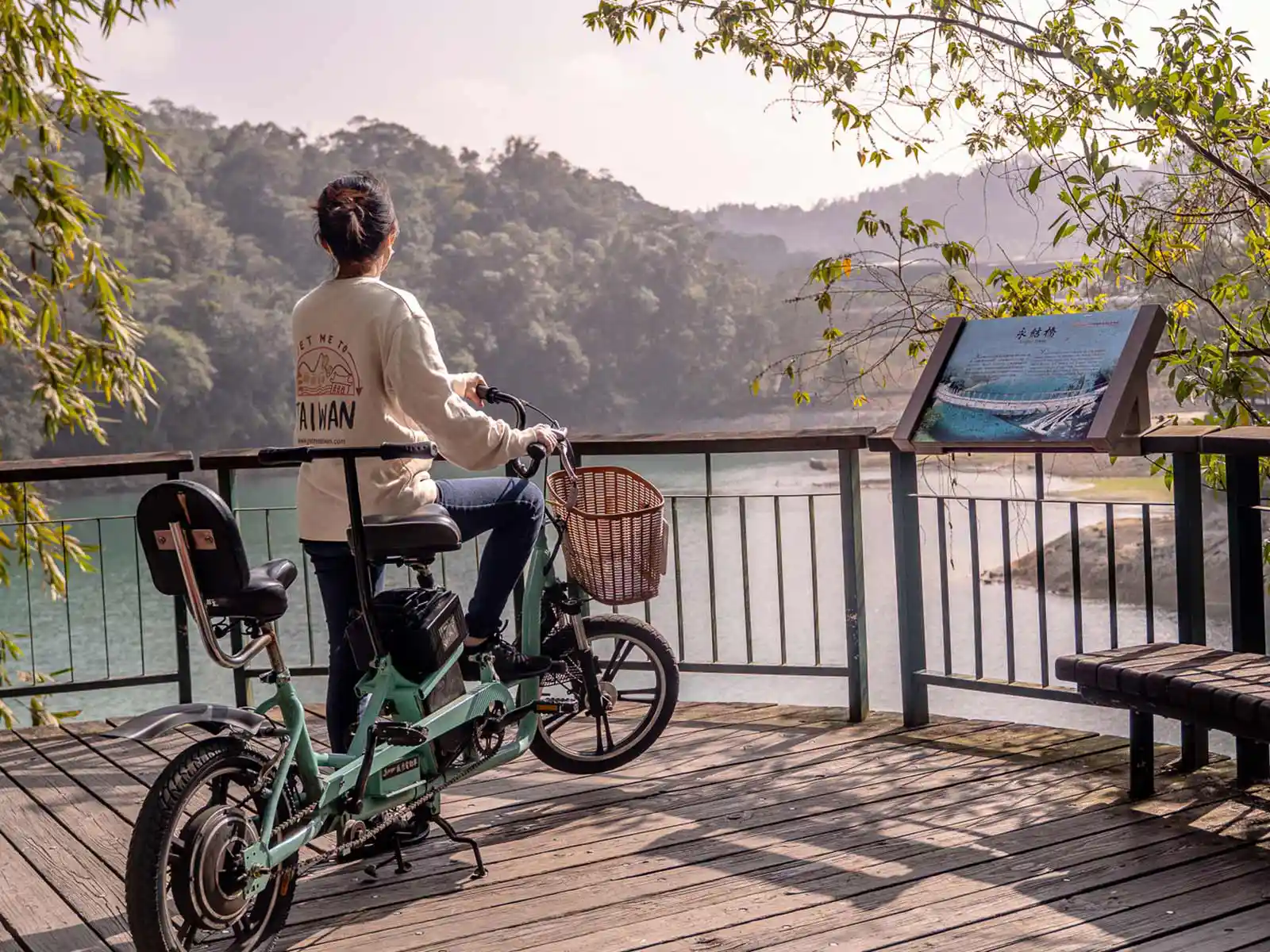
Bicycle rental is common in Taiwan, though options available will vary depending on your location. More touristy destinations may offer primarily electric or carriage style bicycles, or lower-quality old-fashioned bicycles. If you’re planning on doing any long-distance trips, mountain-climbing, or considering an around-the-island trip Giant and Mathew Bike both offer professional models and options for booking in advance. Giant offers many stations around Taiwan which allow for renting in one city and returning in another—one popular route of this type that we highly recommend is cycling from Hualien to Taitung (or vice-versa). On the other hand Mathew Bike offers advanced models suitable for racing and bikepacking.


Scooters may be rented around the island by visiting a scooter rental shop. Be sure to bring your International Driving Permit (IDP) as most shops will ask to see it before agreeing to rent you a vehicle. Rental shops are generally located near other transportation hubs like train stations and ferry terminals. Prices for scooters range from 200 NTD (6 USD) per day for 50-100cc scooters, to 600-800 NTD (18-24 USD) per day for more powerful 150cc scooters. It is possible to get better prices if renting for a longer period of time such as a week. While larger locations may not be open to bartering, it’s acceptable to try and ask for a “better deal” at smaller privately owned shops.
Insider’s Tip: We recommend asking for the best helmet possible—ideally at least one that covers the ears. Motorcycle accidents are common in Taiwan and while usually not serious, it’s always best to be as safe and prepared as possible. If your budget allows, consider buying a new full-face helmet for around 100 USD.
If you’re a return visitor, or possess Chinese language ability, renting a car in Taiwan can be one of the best options for exploring the country. Some international companies like AVIS and Budget operate a network of branches in Taiwan, and there are several reputable local rental companies which also offer service around the country. As with scooter and motorcycle rental, presenting an IDP is a must. Driving in Taiwan requires some getting used to due to the amount of scooter traffic, and taking out the more comprehensive insurance available is recommended. Expect to pay 40-50 USD for a sedan or small SUV, or more for a larger or luxury vehicle.